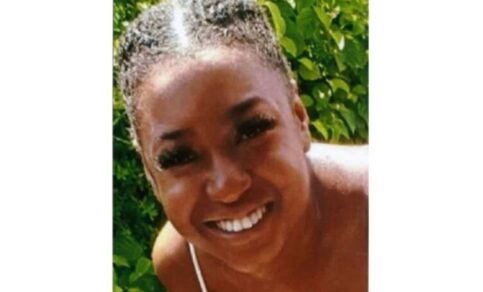Owami Davies: Police spoke to student nurse on day of missing report

A student nurse spoke to Metropolitan Police officers on the same day that her family reported her missing to a different police force.
Owami Davies, 24, who is a student nurse at King’s College London, left her home in Grays in Essex on 4 July. Her family reported her missing to Essex Police two days later.
The Metropolitan Police Service said its officers had been called to an address in Croydon on 6 July because there were concerns for the welfare of woman. They were unaware that she had been reported missing to another police force.
Related Article: New digital support for community nurses in 10-year plan
‘At the time of the call, Owami was not marked as a missing person on national police systems. She had only been reported to her local force as missing earlier the same day,’ said a Met Police statement.
‘Officers attended and called the London Ambulance Service, but the woman stated she did not want assistance and left,’ it added.
The force said that it established that the woman was Owami Davies on 13 July, as a result of their missing person investigation.
The Met said that it consulted its own Directorate of Professional Standards (DPS) and the officers concerned are not subject to any current investigation by the DPS.
It added that interaction recorded on the officers’ Body Worn Video, which has been shown in the media, had been viewed by members of the Independent Advisory Group and by Ms Davies’ family ‘to ensure openness and transparency’.
Related Article: Nurse had to ‘freeze’ PPE during pandemic to re-use in care home, Covid inquiry hears
An IOPC spokesperson confirmed a referral from the Met had been received on 5 August in relation to contact between Met officers and Owami Davies on 6 July.
‘We are currently assessing the available information to determine what further action may be required,’ he said.
Related Article: Tell us what practice nursing means to you and potentially win £1,000

See how our symptom tool can help you make better sense of patient presentations
Click here to search a symptom




